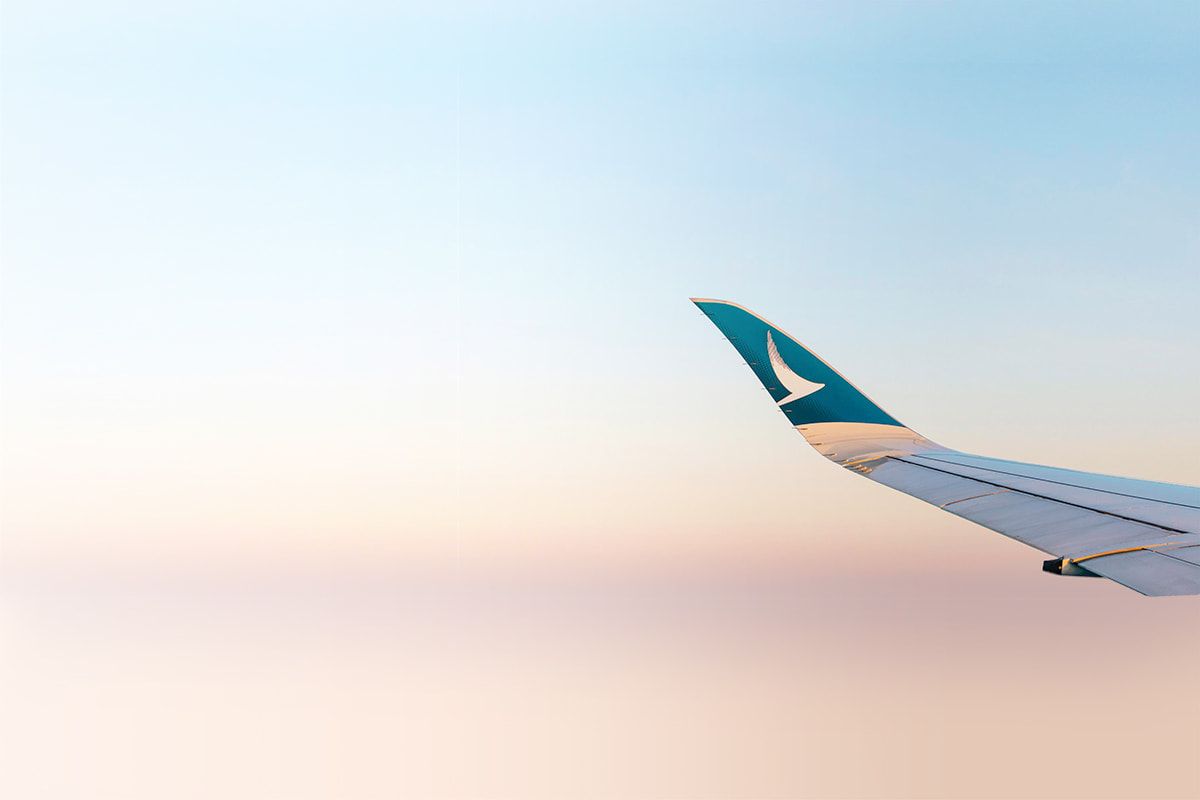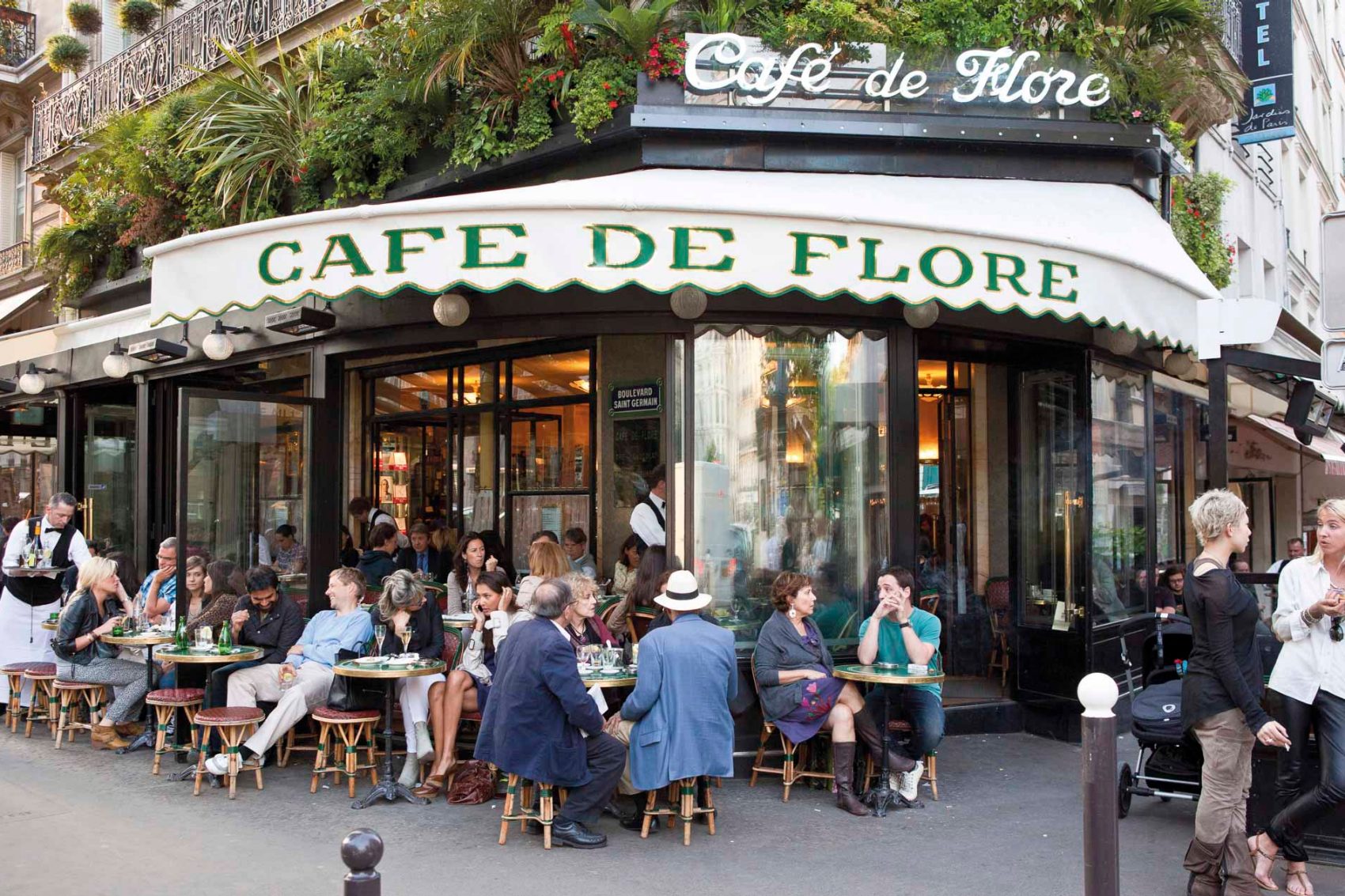Troubled Sleep. The Chips Are Down. Nausea. No Exit. It’s hard to imagine that travelling with the author of these plays and novels would be much fun. But a trip with Jean-Paul Sartre would certainly be interesting and memorable.

Credit: ullstein bild Dtl / Getty Images
Sartre is the very epitome of the anguished existentialist – and as Parisian as Le Moulin Rouge. But just as the famous cabaret has become little more than a tourist trap, so the Paris of Sartre has largely faded away. When the existentialists met in the cafes of the Left Bank they did so partly because they couldn’t afford to heat their own squalid homes. Now, pilgrims to their charming old Saint-Germain-des-Prés haunts, such as Cafe de Flore and Les Deux Magots, pay close to €5 (HK$48) for a single espresso. Nursing one of those for hours will result in disapproving frowns from waiters seeking a fast turnover.
Back in 1945 Sartre was eager to get out of a Paris that was far from gay with its austerity and rationing. Fear of the informer during the occupation had hindered the intellectual debates of cafe life, casting a shadow over the French capital after its liberation. So he leapt at the opportunity to become the American correspondent of Combat, the newspaper edited by his friend, rival and fellow existentialist Albert Camus.
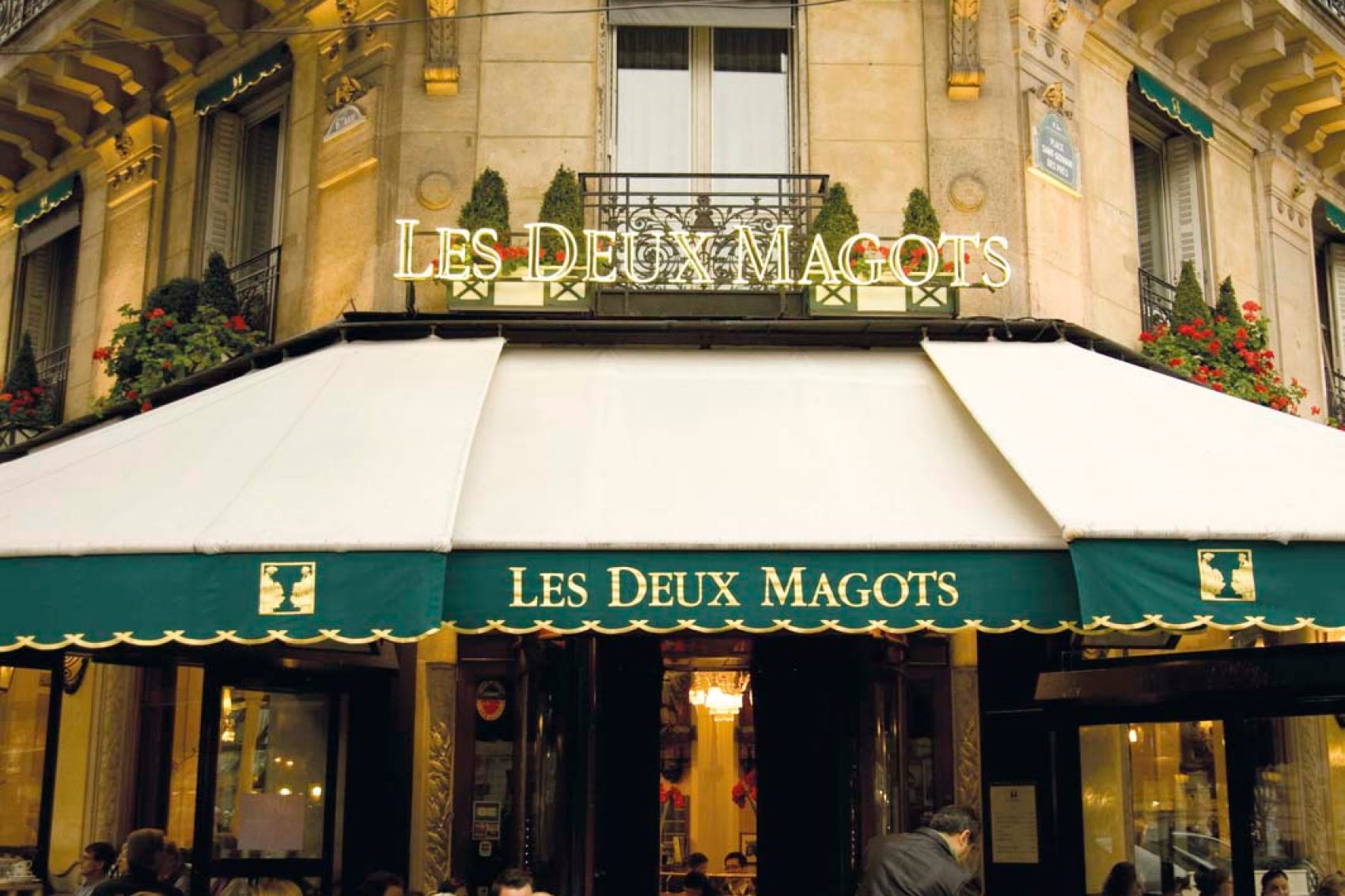
Credit: robertharding / Alamy / Argusphoto
But Sartre found that the US’ official embrace of individualism masked a parochial conformism. This is literally made concrete in New York’s regimented grid of numbered streets that ‘look so much alike that they have not been named’.
Of its typical citizen he wrote, ‘it is when he is acting like everyone else that he feels most reasonable and most American; it is in displaying his conformism that he feels freest.’ For Sartre, freedom was about the individual taking responsibility for their actions and challenging the government. American freedom was little more than exercising consumer choice while remaining fiercely loyal to the flag. The philosopher of freedom and the land of the free found themselves at cross purposes.
That helps explain why Sartre thought, paradoxically, that ‘never were we freer than under the German occupation’. Under their oppressive occupiers the French were forced to recognise that everything they did was a choice with potentially fatal consequences. In an America that felt safe and free, people took their liberty for granted and forgot how to truly exercise it.
That is perhaps why, after decades of peace, American freedom has come to Paris. Fifty years ago this month, you’d have seen Sartre on the Left Bank making speeches and handing out newspapers in support of the student-led strike that almost brought down the government. Those streets today are full of high-class galleries, boutiques and restaurants: an ostentatious temple of consumer choice rather than a sober cloister of true existential freedom.
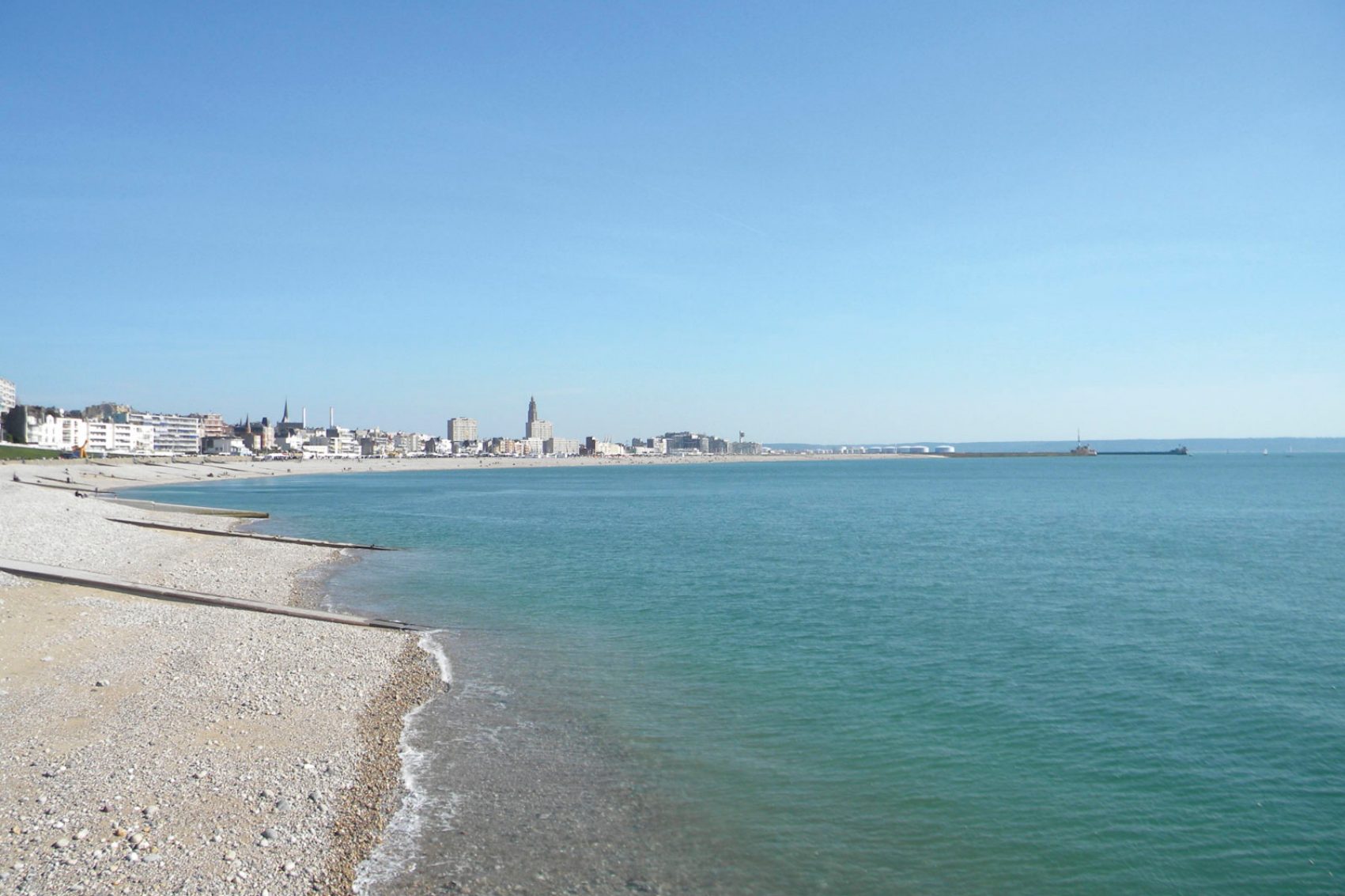
Credit: Chloe Guédy / EyeEm / Getty Images
Perhaps the most authentically Sartrean place to visit today is Le Havre, France’s second largest port, two and a half hours west of Paris. Sartre taught at a school there in the 1930s and in its fictionalised form of Bouville it provides the setting for his excellent first novel, Nausea. Physically, little of Bouville remains, as 85 per cent of the city was destroyed by Allied bombing in the Second World War. Rebuilt according to the plans of Auguste Perret, it is now a Unesco World Heritage Site on the basis of its ‘innovative utilisation of concrete’s potential’.
Sartre would surely not have approved of the adoption of the American-style grid system, but he didn’t set his novel in Le Havre because he liked it. His protagonist, Antoine Roquentin, is a young man sickened by the banality and emptiness of existence. Think about that as you take the literary promenade through the city, marked by 20 benches, one of which commemorates the spot in the public gardens where Roquentin has his epiphany. The author of No Exit has no time for tourist escapism. If you travel with Sartre, prepare to confront some hard truths and ugly realities.
More inspiration
Paris travel information
- China – the Chinese Mainland, Hong Kong SAR, Macao SAR and Taiwan Region
- Hong Kong SAR - English
- Chinese Mainland (China) - English
- Taiwan China - English
- 香港特別行政區 - 繁體中文
- 中国內地 - 简体中文
- 中國台灣 - 繁體中文
- Africa
- South Africa - English
- Asia
- Bangladesh - English
- Korea - English
- Singapore - English
- Cambodia - English
- 한국 - 한국어
- Sri Lanka - English
- India - English
- Malaysia - English
- Thailand - English
- Indonesia - English
- Maldives - English
- ประเทศไทย - ภาษาไทย
- Indonesia - Bahasa Indonesia
- Myanmar - English
- Vietnam - English
- Japan - English
- Nepal - English
- Việt Nam - tiếng Việt
- 日本 - 日本語
- Philippines - English
- Australasia
- Australia - English
- New Zealand - English


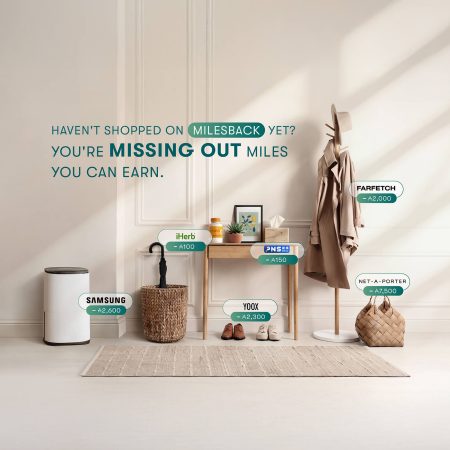

.renditionimage.450.450.jpg)

